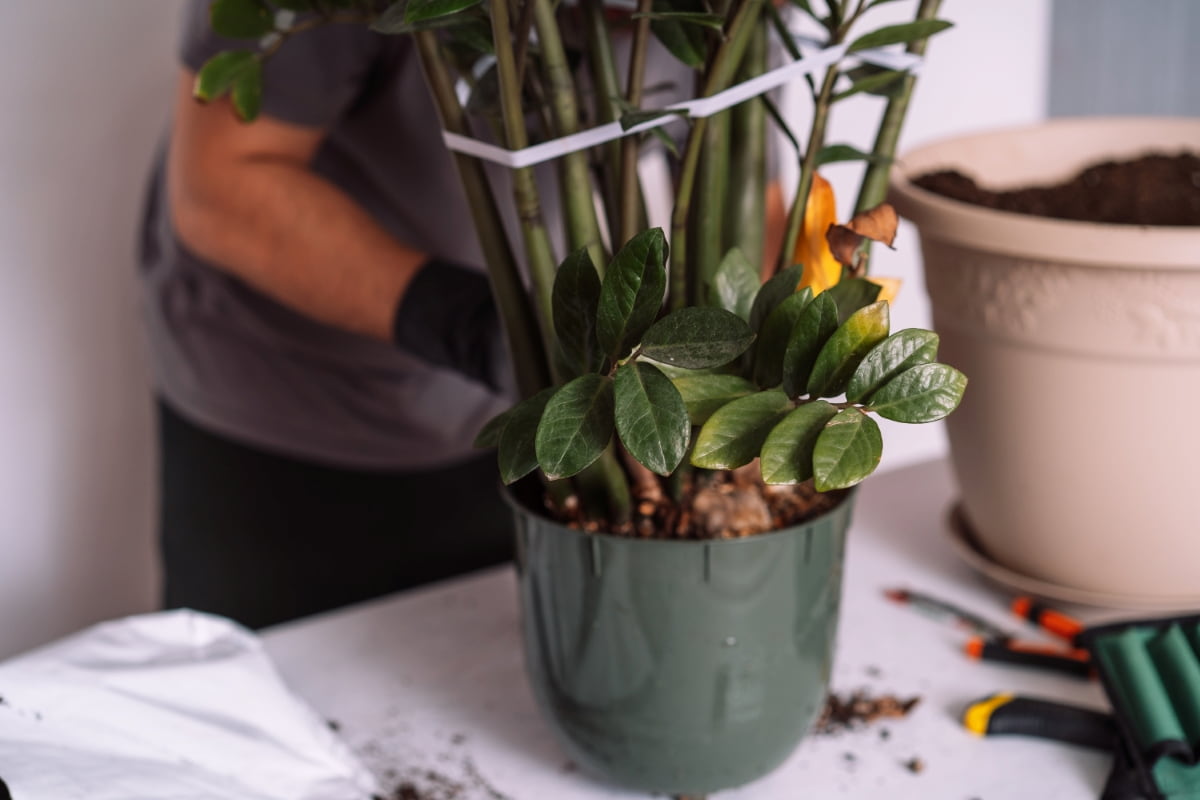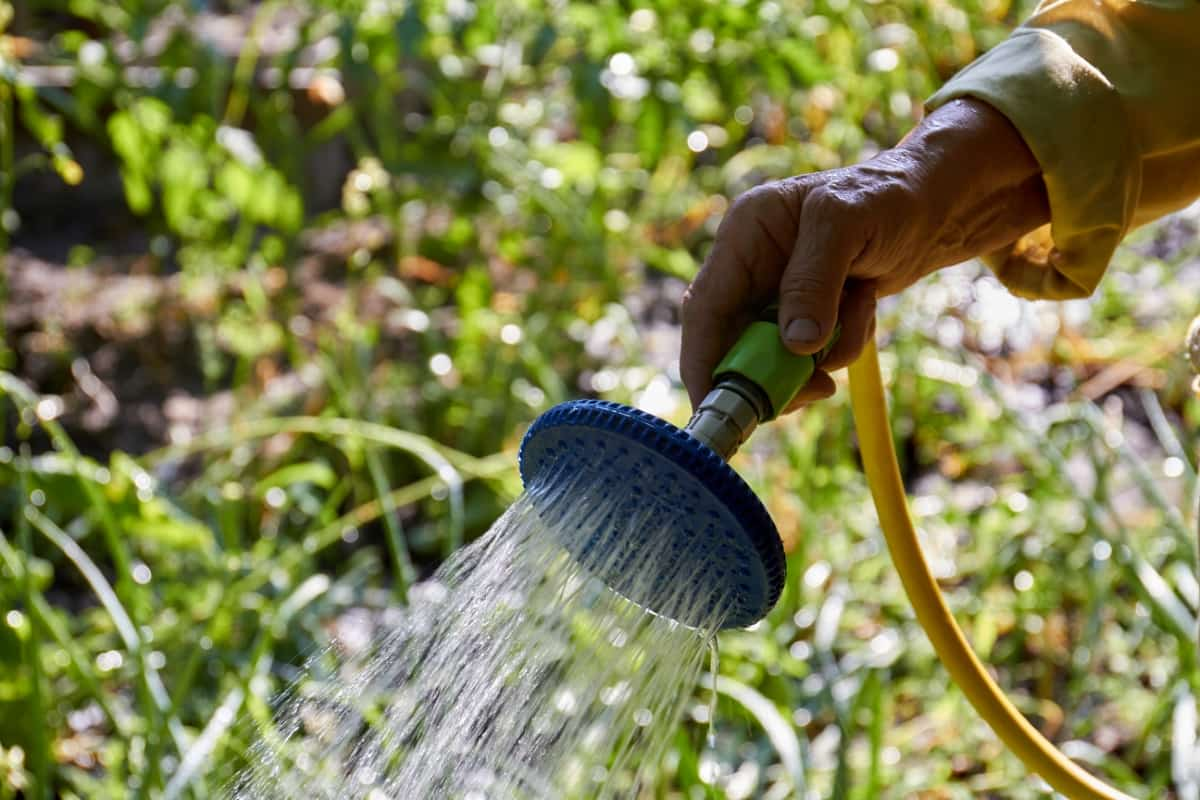The Goldfish plant is a beautiful and unique addition to any indoor garden. While it can be frustrating when your plant isn’t blooming as expected, there are several factors to consider, such as light, humidity, temperature, and proper care routines. Goldfish plants are characterized by their glossy and deep green leaves that serve as a striking backdrop to the bright blooms they produce. How to get Goldfish plants to bloom? With proper attention and nurturing your Goldfish plant can reward you with an abundance of colorful flowers that will surely brighten up any space.

10 Reasons Why is My Goldfish Plant Not Blooming
Insufficient Light Exposure
If your Goldfish plant is not producing flowers, one possible reason could be insufficient light exposure. Goldfish plants thrive in bright, indirect light but can tolerate lower light conditions as well. However, without adequate light, they may struggle to produce flowers. To remedy this Goldfish plant blooming problem, consider moving your plant to a warmer location with filtered sunlight. Keep an eye on how the plant responds to its new environment and adjust accordingly.
Improper Watering
One common reason your Goldfish plant may not be blooming is improper watering. Goldfish plants require consistent moisture, but overwatering can lead to root rot and inhibit blooming. On the other hand, underwater can cause stress to the plant, causing a lack of flowering. To troubleshoot the lack of blooms in Goldfish plants, it’s essential to allow the top inch of soil to dry out between waterings.
In case you missed it: 10 Reasons Why Your Iris is Not Blooming: Remedies and Treatment

How to make the Goldfish plant bloom? You can use a well-draining potting mix and ensure that excess water can drain easily. When watering, make sure to water thoroughly, but avoid leaving the plant sitting in standing water.
Nutrient Deficiency
Nutrient deficiency can be a common culprit when it comes to your Goldfish plant not blooming as vibrantly as you’d hope. This beautiful plant requires essential nutrients to thrive and produce those stunning blooms that we all love to see. If your Goldfish plant is lacking key nutrients such as nitrogen, phosphorus, or potassium, it may struggle to bloom properly. It’s important to ensure that you are providing the right balance of fertilizers specifically formulated for flowering plants.
Consider using a high-quality fertilizer designed for blooming plants and follow the recommended feeding schedule to prevent nutrient deficiencies. Remember, moderation is key when fertilizing your Goldfish plant – too much can actually do more harm than good. Keep an eye out for any signs of yellowing leaves or stunted growth, as these could be indicators of nutrient deficiencies in your precious Goldfish plant.
Inadequate Humidity Levels
One often overlooked factor that could be hindering its growth is inadequate humidity levels. Goldfish plants thrive in humid environments, much like their natural habitat in tropical regions. When the air in your home or office is too dry, it can prevent your Goldfish plant from blooming to its full potential.
Low humidity levels can cause the plant’s leaves to become crispy and brown at the edges, making it difficult for new blooms to emerge. When it comes to non-blooming Goldfish plant solutions, consider placing a humidifier near your Goldfish plant or misting its leaves regularly with water. You could also group your plants to create a microclimate of increased humidity.
Pot-bound Roots
If your Goldfish plant is not blooming, pot-bound roots could be the culprit. When roots become cramped and overcrowded in a small pot, they struggle to access water and nutrients essential for healthy growth. This can lead to stunted development and a lack of blooms. To encourage Goldfish plant blossoms, consider repotting your Goldfish plant into a slightly larger container with fresh, well-draining soil. Regularly check the roots of your plant for any signs of overcrowding or circling.
Temperature Extremes
Goldfish plants are sensitive to temperature extremes, so it’s essential to create a consistent environment for these delicate beauties. High temperatures above 30°C can stress your plant and inhibit blooming, while cold drafts or sudden drops in temperature below 10°C can also disrupt their flowering cycle.
To overcome barriers to Goldfish plant flowering, keep it away from heaters, air conditioners, or drafty areas that could subject it to fluctuations in temperature. Consider moving your Goldfish plant away from windows during extreme weather conditions to shield it from direct sunlight or chilly drafts. Creating a moderate environment will help encourage healthy growth and vibrant blooms all year round.
Overfertilization
Overfertilization is a common issue that can hinder the blooming of your Goldfish plant. When you give your plant too much fertilizer, it can cause an excess build-up of salts in the soil, causing root burn and nutrient imbalances. This imbalance can prevent the plant from focusing its energy on producing flowers.
In case you missed it: 10 Reasons Why Your Anthurium Plant is Not Blooming: Treatment and Remedies

To maximize Goldfish plant flower yield, always follow the instructions on the fertilizer packaging. Remember that more is not always better when it comes to feeding your plants. It’s crucial to stick to a regular fertilizing schedule and dilute the solution as recommended.
Pests and Diseases
Pests and diseases can damage your beloved Goldfish plant, causing it to struggle to produce those vibrant blooms you love. Common pests like spider mites, aphids, and mealybugs can infest your plant if not properly monitored. Keep an eye out for any signs of these pesky critters so you can act promptly.
Diseases like root rot or powdery mildew can also hinder blooming by weakening the overall health of the plant. Ensure proper watering techniques to prevent waterlogged soil that may lead to root issues. Consider using natural remedies or treatments specifically designed for plants to combat these diseases effectively. Regularly inspecting your Goldfish plant for any abnormalities will help catch pest infestations or diseases early on before they become a bigger problem.
Pruning Neglect
One common reason why your Goldfish plant may not be blooming is pruning neglect. Goldfish plants benefit from regular pruning to encourage new growth and flowering. If you’ve been avoiding trimming back your plant, it could be hindering its ability to produce blooms. Overgrown branches can block light from reaching the lower parts of the plant where flowers typically form.
To boost Goldfish plant flowering performance, grab some clean pruning shears and start by removing any dead or damaged branches. Then, trim back overgrown stems to promote new growth and flower production. How to encourage Goldfish plants to flower? Regularly checking on your Goldfish plant’s pruning needs will help ensure a healthy and vibrant display of colorful blooms in the future.
Genetic Factors
When it comes to your Goldfish plant not blooming, genetic factors could be playing a role. Each plant has its unique genetic makeup that influences its growth and flowering patterns. Some Goldfish plants may simply have genes that predispose them to bloom less frequently or produce fewer flowers compared to others. This is a natural aspect of plant diversity and should be accepted as part of the beauty of nature.
While you can’t change the genetics of your Goldfish plant, understanding this factor can help you manage your expectations and appreciate the uniqueness of each plant in your collection. Embrace the individuality of your plants and enjoy caring for them regardless of their blooming frequency.
Conclusion
If your Goldfish plant is not blooming, do not lose hope. By addressing common Goldfish plant blooming issues such as light exposure, watering habits, nutrient deficiencies, humidity levels, root health, temperature control, fertilization practices, pest and disease management, pruning techniques, and genetic factors, you can help your plant bloom beautifully.
Remember that each plant is unique and may require some trial and error to find the perfect balance for optimal growth. With patience and care tips for Goldfish plant flower growth, you can create a conducive environment for your Goldfish plants to flourish with vibrant blooms all year round.
- Flower Garden Designs and Layouts for Beginners
- Planting and Spacing Techniques in Papaya: A Beginner’s Guide
- Growing Gold: Essential Techniques for Planting Pineapples
- How to Make Kalanchoe Plant Bushy: Home Remedies and Solutions
- 11 Reasons Why Your Gardenia is Not Blooming: Home Remedies and Solutions
- Eco Elegance: The Guide to Designing a Drought-Tolerant Landscape
- Gardening on a Slope: Strategies for Hillside Landscaping
- Nourish and Flourish: Top Organic Mulches for Thriving House Plants
- Everything You Want to Know about Indian Mogra Flower: Discover Uses and Growing